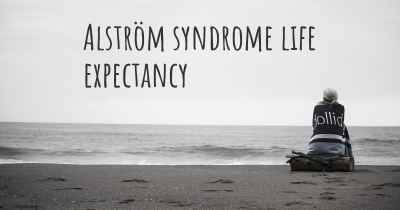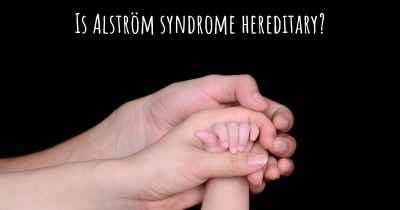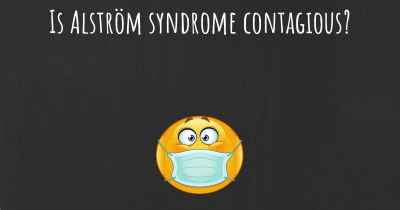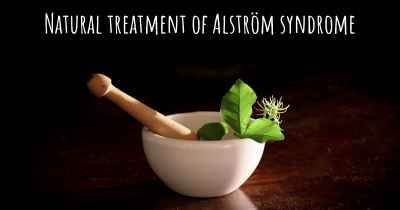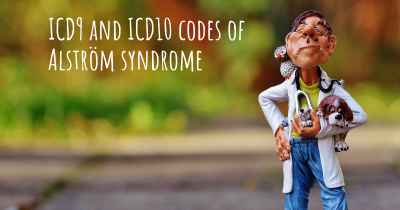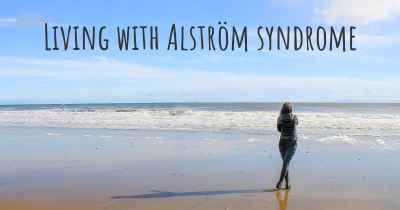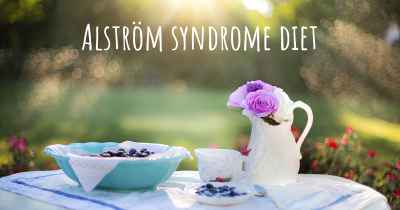Which are the causes of Alström syndrome?
See some of the causes of Alström syndrome according to people who have experience in Alström syndrome
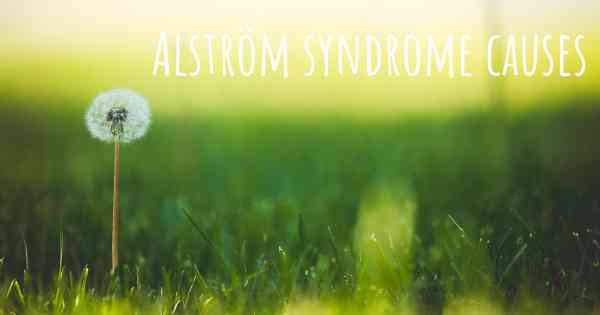
Alström syndrome is a rare genetic disorder that affects multiple organ systems in the body. It is caused by mutations in the ALMS1 gene, which is responsible for producing a protein involved in various cellular functions. The exact mechanism by which these mutations lead to the development of Alström syndrome is not fully understood, but researchers have made significant progress in identifying the underlying causes.
Genetic Mutations: The primary cause of Alström syndrome is mutations in the ALMS1 gene. These mutations can be inherited from one or both parents or occur spontaneously during early development. The ALMS1 gene provides instructions for making a protein that is involved in the structure and function of various cell components, including the cilia. Cilia are tiny, hair-like structures found on the surface of many cells and play a crucial role in cell signaling and communication. Mutations in the ALMS1 gene disrupt the normal functioning of cilia, leading to the characteristic features and complications of Alström syndrome.
Autosomal Recessive Inheritance: Alström syndrome follows an autosomal recessive pattern of inheritance, which means that an affected individual must inherit two copies of the mutated ALMS1 gene, one from each parent. If both parents carry a single copy of the mutated gene, they have a 25% chance of having a child with Alström syndrome in each pregnancy. Individuals who inherit only one copy of the mutated gene are known as carriers and typically do not show any symptoms of the disorder.
Cellular Dysfunction: The ALMS1 protein is involved in various cellular processes, including the regulation of cell growth, division, and signaling. Mutations in the ALMS1 gene disrupt these processes, leading to cellular dysfunction and the development of Alström syndrome. The exact mechanisms by which these cellular dysfunctions contribute to the specific features of the disorder are still being investigated.
Impaired Cilia Function: Cilia are essential for the normal functioning of many organs and tissues in the body, including the eyes, ears, heart, liver, and kidneys. In Alström syndrome, the mutations in the ALMS1 gene impair the structure and function of cilia, leading to their dysfunction. This dysfunction affects various organ systems, resulting in the characteristic symptoms of the disorder, such as vision and hearing problems, heart abnormalities, liver disease, and kidney dysfunction.
Secondary Effects: The cellular and ciliary dysfunctions caused by ALMS1 gene mutations can have secondary effects on other biological processes. For example, impaired cilia function can disrupt hormone signaling pathways, leading to endocrine abnormalities commonly seen in Alström syndrome, such as obesity, insulin resistance, and type 2 diabetes. Additionally, the dysfunction of cilia in the kidneys can contribute to the development of kidney disease and renal failure.
Other Genetic Factors: While mutations in the ALMS1 gene are the primary cause of Alström syndrome, researchers believe that other genetic factors may influence the severity and specific features of the disorder. These additional genetic variations, known as modifier genes, can interact with the ALMS1 mutations to modify the clinical presentation of the syndrome. Identifying these modifier genes and understanding their role in Alström syndrome is an active area of research.
In conclusion, Alström syndrome is primarily caused by mutations in the ALMS1 gene, which disrupt the normal functioning of cilia and various cellular processes. The autosomal recessive inheritance pattern and impaired cilia function play crucial roles in the development of the disorder. The cellular and ciliary dysfunctions have widespread effects on multiple organ systems, leading to the diverse clinical features observed in individuals with Alström syndrome. Ongoing research aims to further elucidate the underlying mechanisms and identify potential therapeutic targets for this rare genetic disorder.
